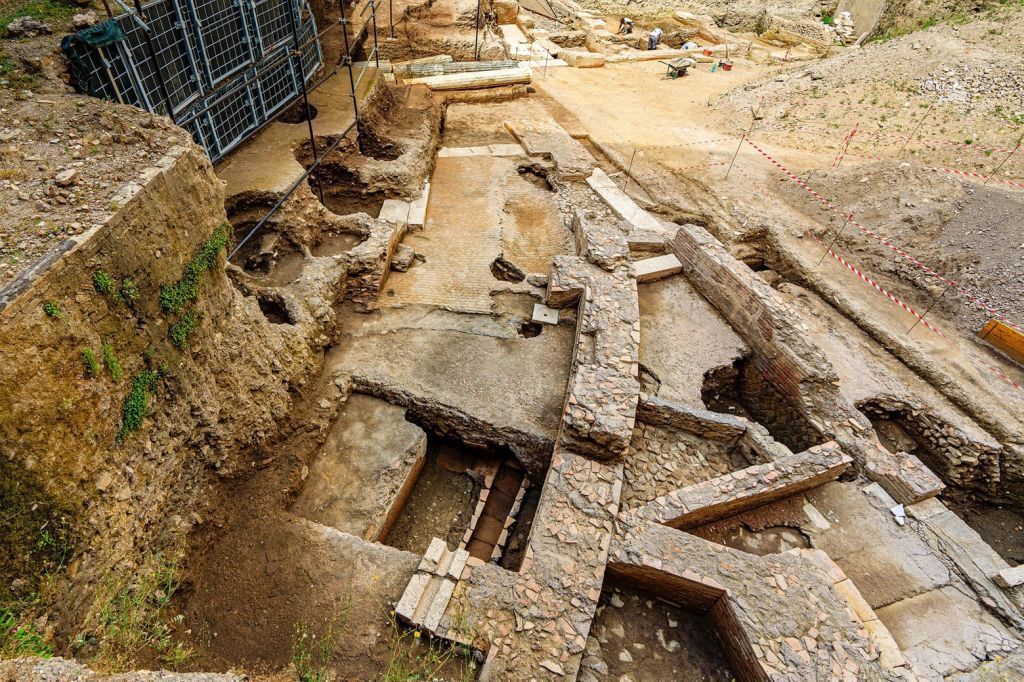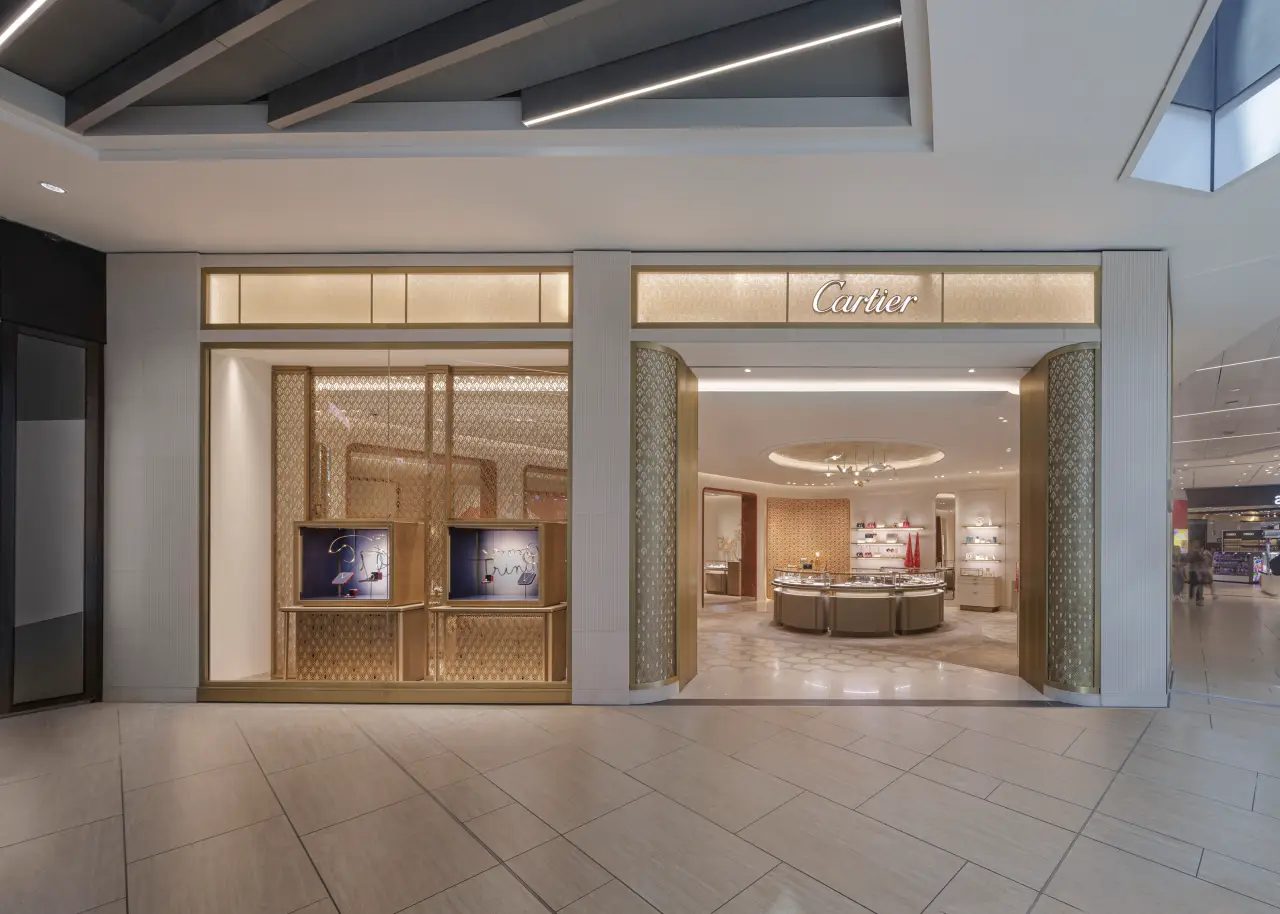According to reports from Italian media, archaeologists have discovered the remains of a theater constructed by Roman Emperor Nero in the courtyard of the Palazzo della Rovere, located near the Vatican.
Nero, who reigned as emperor of Ancient Rome from AD 54-68, had commissioned this unique theater. Its existence was known up until now only because it was mentioned in ancient texts.
During their excavation, the archaeologists unearthed marble columns, gilded plaster decorations, and rooms used for theatrical sets.
Daniela Porro, the Roman Archaeological Site Manager, evaluated this discovery as “extraordinarily significant”.
Renato Sebastiani, the archaeologist who initiated the excavation, stated that the archaeological discoveries underneath the Rovere Palace have provided them with extensive information about a wide timeline stretching from Ancient Rome to the Middle Ages.
the extraordinary findings brought to light by the archaeological excavations carried out by the Special Superintendency of Rome in the courtyard and gardens of the Palazzo della Rovere, the headquarters of the Equestrian Order of the Holy Sepulchre of Jerusalem, were identified as remains of Nero’s theater.
The remains include the left half of the semi-circular seating area, opulent columns crafted from precious marble, refined gold leaf stucco decorations, and rooms used as storage for costumes and set pieces. These elements all contribute to identifying the unearthed structures as the Theatrum Neronis.
“The grandeur of the building, the beauty of the decorations and the materials used – makes one think of an imperial commission, so it is presumable that it is Nero’s theater, just as Pliny, Suetonius, and Tacitus described,” commented archaeologist Alessio De Cristofaro.
This discovery, combined with the previous archaeological findings under the Rovere Palace, significantly expands our understanding of the vast span of time from Ancient Rome to the Middle Ages. The excavation of this historically significant site, initiated in 2020, continues to deliver remarkable insights into the past. (AA)












